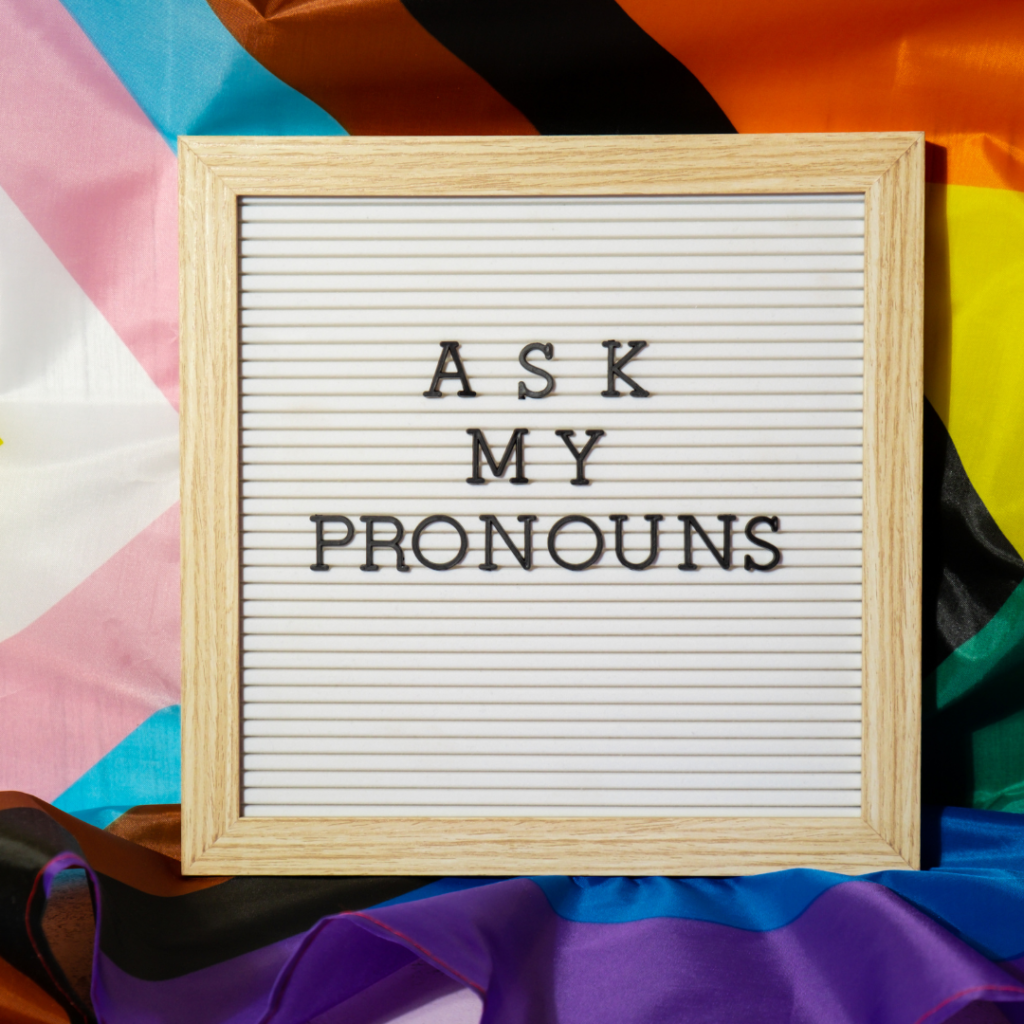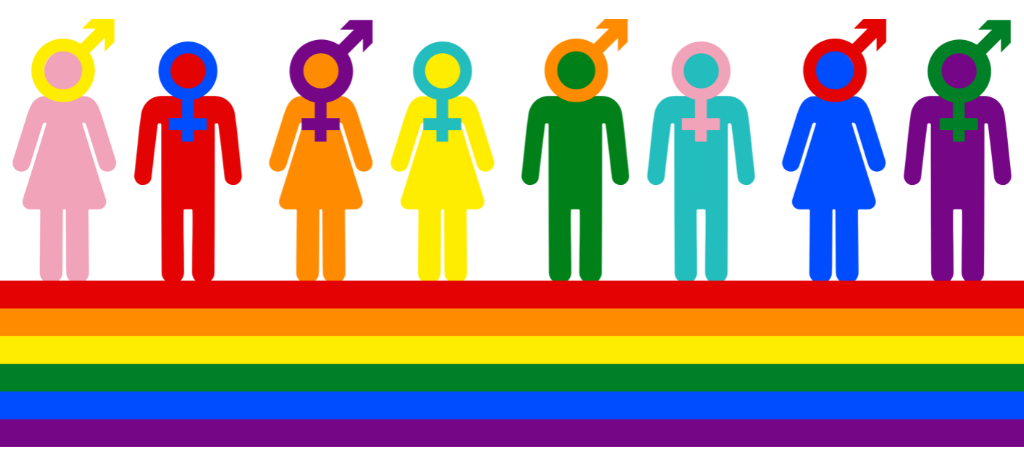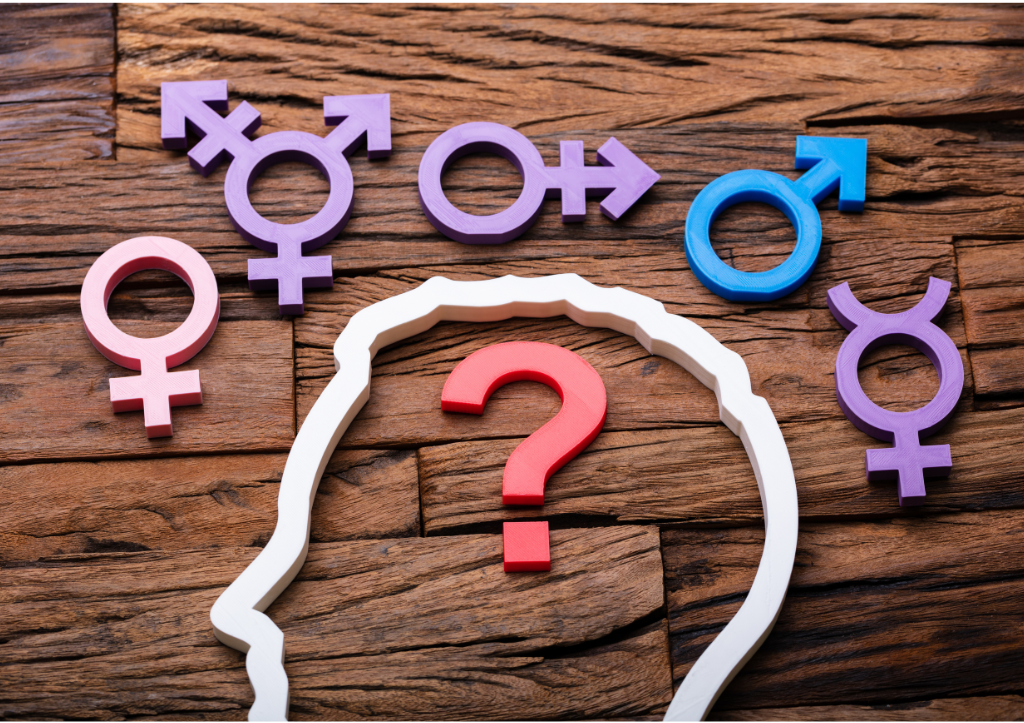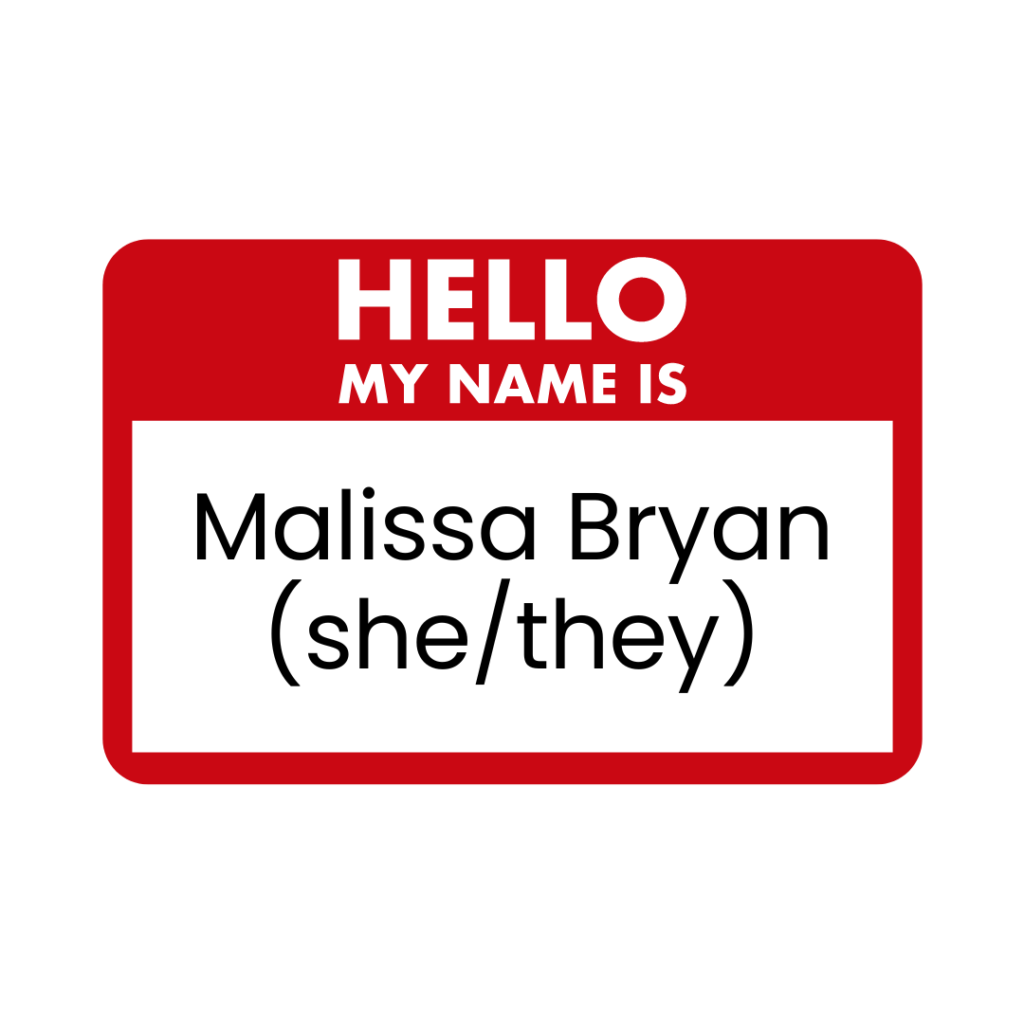Author: Malissa Bryan (she/they), M.A, PhD student
Language is always evolving and adapting to the needs of people who interpret it. At the center of our language are pronouns; they play a critical role in our daily communications, whether in person, online, via email, etc. Pronouns are small words that greatly impact how we understand people in relation to ourselves and others. They help our conversation run smoothly, allow us to diversify our speech, and avoid repeating individual names when speaking, writing, and addressing them.
In today’s workplaces, equity, diversity, and inclusion are becoming focal points of organizational culture, and with that, pronouns are sometimes placed under a microscope. It is common to see employees including their pronouns in their email signatures, on pins and name tags, when introducing themselves to others, and during professional, informal, and social interactions. The practice of sharing one’s pronouns is itself a micro everyday action that packs a large impact in fostering inclusive, respectful, and welcoming environments.
Let’s Talk Pronouns

Let’s pause for a moment. Some folks may be rightly wondering about pronouns and how they impact the work environment.
Pronouns are the words we use when referring to someone without using their name. Pronouns are used in everyday language, both written and spoken and have historically often been assumed based on a person’s perceived gender based on societal norms.
Commonly utilized pronouns include “she/her” and “he/him,” with the singular pronouns “they/them” gaining more acceptance in mainstream workplaces. Outside of these well-known and utilized pronouns, some individuals use other pronouns, such as “ze/zir” or “xe/xem,” which can serve as more gender-neutral options. Pronouns are not limited to the pronouns shared; the options for pronouns are limitless.
| Pronouns | Tips | Possessive Pronouns |
| She/Her | This one is common | Hers/Herself |
| He/Him | This one is common | His/Himself |
| They/Them | They and them can refer to a singular person | Theirs/Themselves |
| She/They | Some people have more than one pronoun | Hers/Theirs |
| She/He | Some people have multiple pronouns | Hers/His |
| He/They | Some people have multiple pronouns. | His/Theirs |
| Ze (Zie) | Zee (sounds like see with a “Z”) | It can also be spelled as xe |
| Name | Use the person’s name |
Assumptions about the gender of a person based on appearance or name are not always correct and may send the harmful message that the way someone looks determines their gender. Using someone’s correct pronouns is a way to demonstrate your respect for them, and sharing your own pronouns conveys the message that you are open and welcome others to share their pronouns with you as well.
The Significance of Pronouns

Pronouns go beyond grammatical tools; they shape the way we see the world and interact with and understand one another. Pronouns influence our perception of identity, responsibilities, roles, interpersonal relationships, systems, and wider social structures. Utilizing the correct pronouns can affirm gender identity, demonstrate respect and increase a sense of inclusion and belonging.
Pronouns in Email Signatures
Including pronouns in your email signature shows solidarity and support for the 2SLGBTQIA+ community, in particular, our transgender and non-binary colleagues. It lends support to normalizing asking and sharing pronouns as an everyday standard practice. It creates more organic opportunities for discussions and education on gender diversity and reinforces that pronouns cannot be assumed by gender presentation. Hopefully, the more sharing our pronouns becomes standard practice, the less pressure trans and non-binary colleagues and community members will have to educate folks repeatedly.

Sharing your pronouns can be an empowering experience, as we are directing others on how to address us in a respectful manner that aligns with the way we see and know ourselves. Further, it can encourage other folks to share their pronouns in their signatures as well.
It is important to note that not everyone feels comfortable or ready to share their pronouns for an array of reasons, and it is important not to assume that they, too, are not supportive of inclusion and belonging efforts.
How to Add Your Pronouns to Your Email Signature

There is no standard for the placement of pronouns, but placing your pronouns after your name can be helpful for visibility and easier identifiable association.
Malissa Bryan (she/they)
Rainbow Diversity Institute
www.rainbowdiversityinstitute.ca
Or
Malissa Bryan
(she/they)
Rainbow Diversity Institute
www.rainbowdiversityinstitute.ca
There are many opportunities to share your pronouns in addition to your email signature, including when verbally introducing yourself. For example:
“Hi, my name is Malissa, and my pronouns are “she” and “they. It is very nice to meet you.”

We can share pronouns on our clothes with pins that have our pronouns displayed, or when wearing a name tag, we can include our pronouns after our names.
Key Takeaways
- Pronouns are used when we are referring to people without using their names.
- People can have a wide range of pronouns outside of He and She
- Gender-neutral pronouns: they/them/theirs can be used both in the singular and the plural
- Other gender-neutral pronouns include ze/zir/zirs, xe/xem/xyrs.
- Using a person’s correct pronouns is important in respecting a person’s gender identity.
- Pronouns can change
- Avoid assuming a person’s pronouns
- Pronouns can be added to your emails, name tags, etc.
- Understanding and respecting pronouns can increase inclusion and belonging in workplaces, communities, and organizations.
By understanding and embracing the importance of pronouns, you contribute to a more inclusive, respectful, and supportive environment.
So, share this article and your pronouns.
We’re here to help support your EDI journey.

